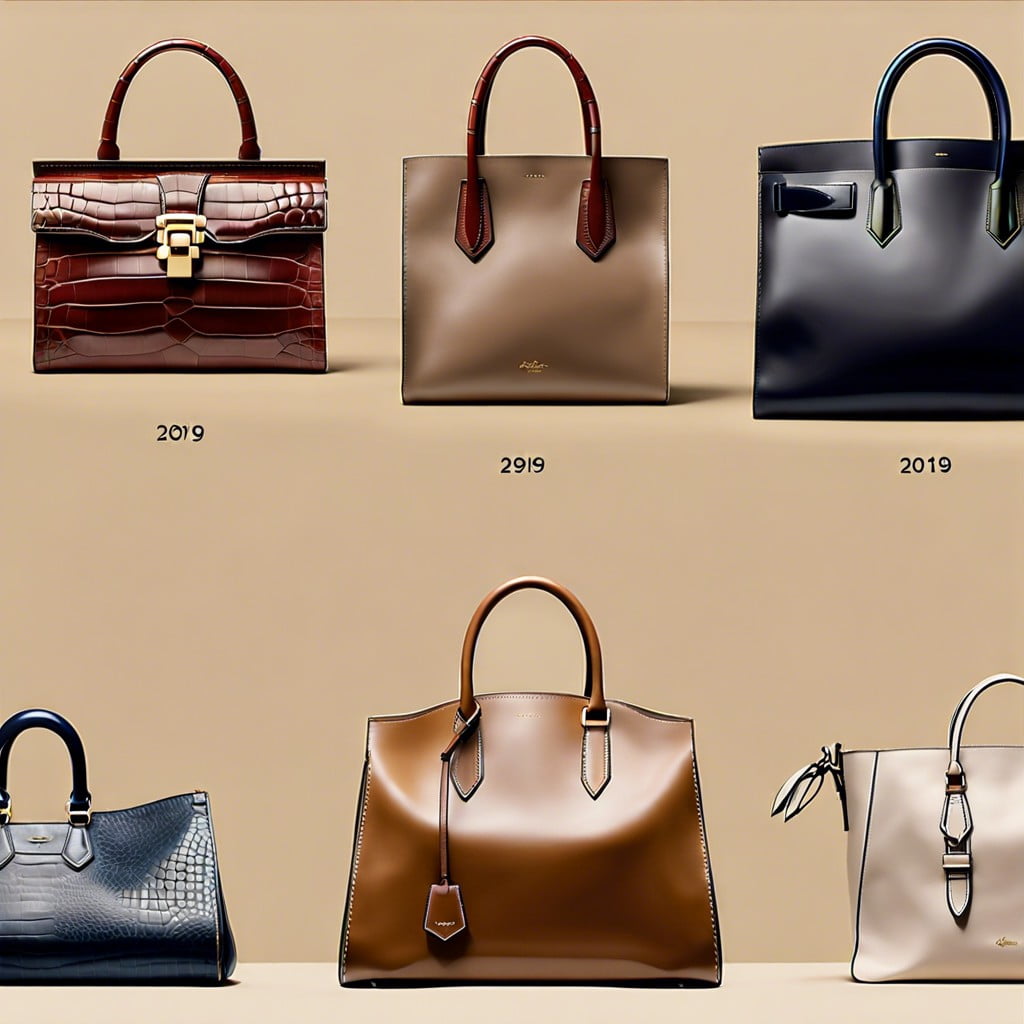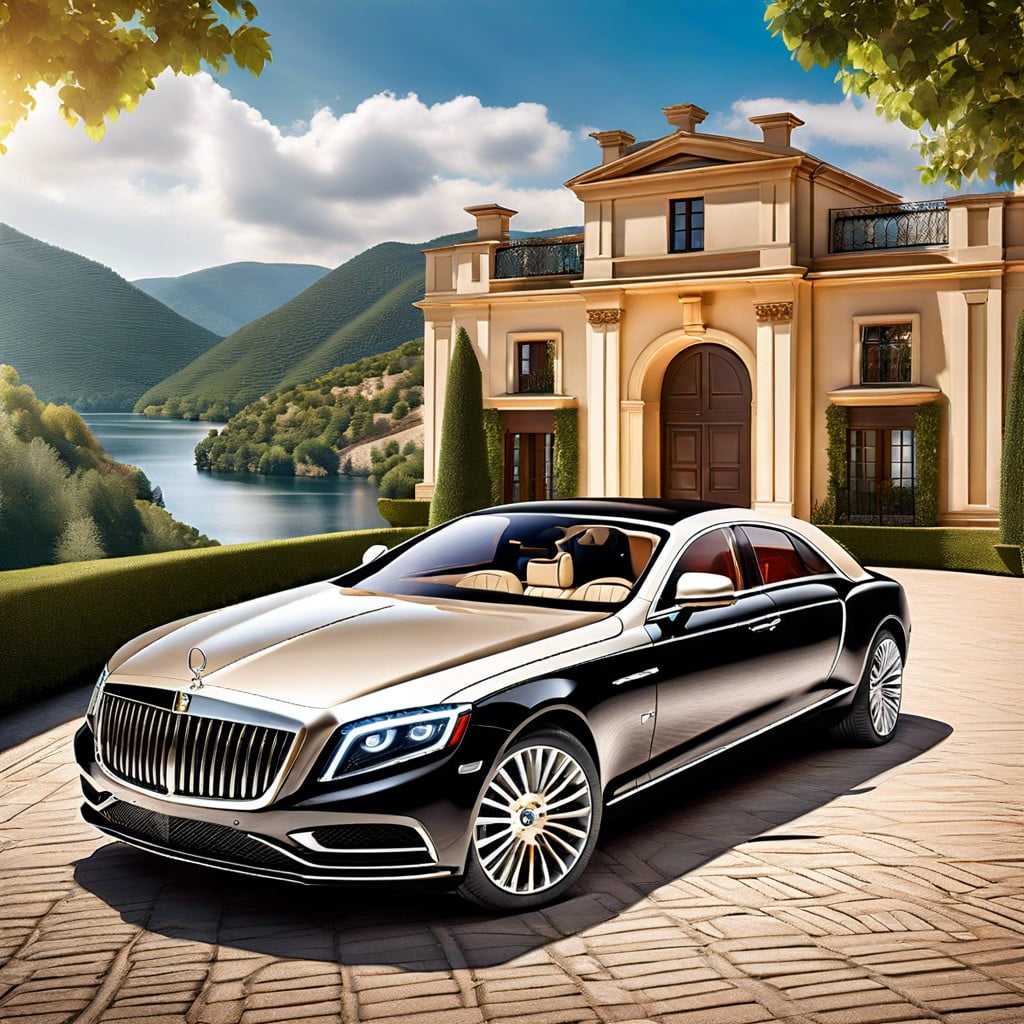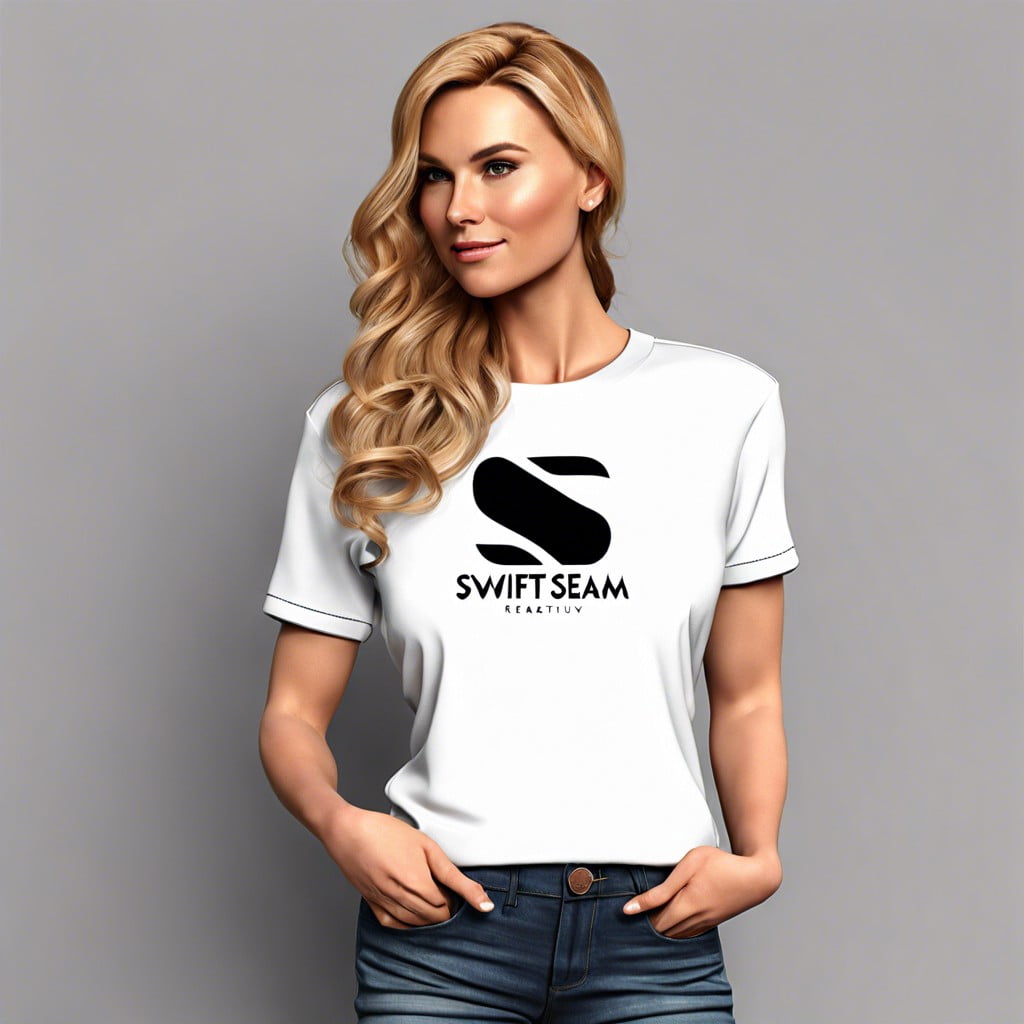Discover the essential factors to consider when selecting the perfect designer bag to elevate your wardrobe.
Key takeaways:
- Designer bags have evolved from convenience to coveted fashion statements.
- Iconic bags represent cultural shifts and artistic expression.
- Some designer bags have investment value, while others don’t.
- Designer bags are symbols of affluence and refined taste.
- Authenticating designer bags is crucial due to the counterfeit market.
Evolution of Designer Bags

The journey of designer bags is a narrative of fashion meeting function. From the early 20th century, when handbags were mere items of convenience, their transformation into coveted fashion statements is remarkable. Luxury brands like Louis Vuitton began as luggage makers, subtly entering the handbag market with the iconic LV monogram canvas.
As societal roles for women evolved, so did the handbag, morphing to meet changing needs and tastes. The 1920s saw the introduction of the clutch, symbolizing the newfound independence of women during the era. Post-war affluence in the 1950s gave rise to consumer culture, with brands like Chanel and Hermes releasing soon-to-become legendary designs such as the 2.55 and the Birkin.
The 1980s and 1990s witnessed the birth of the ‘It bag’ phenomenon, with each season bringing a new must-have, from the Prada nylon backpack to the Fendi Baguette. These decades saw exponential growth in the designer handbag sector, further solidified by the rise of celebrity culture and brand endorsements.
In the digital age, the narrative continues with designers crafting bags that balance heritage with innovation — smart integration, sustainable materials, and bespoke options speak to the modern consumer’s values and lifestyle. The once straightforward accessory is now a complex emblem of personal identity and style, illustrating an ongoing tale of cultural shifts and artistic expression.
Iconic Designer Bags Through the Decades
Throughout the 20th and 21st centuries, designer bags have served as both fashion statements and reflections of the cultural zeitgeist. The 1920s saw the emergence of the Louis Vuitton Keepall, a travel duffle that has since become a luxury icon. In the 1950s, Grace Kelly popularized the Hermès Kelly bag, initially designed in the 1930s, which not only became synonymous with her elegant style but also demonstrated the close link between high fashion and celebrity culture.
During the 1980s, the Chanel Classic Flap Bag, with its interlocking CC clasp and chain strap, became representative of the era’s power-dressing phenomenon. Fast-forward to the 1990s, and the minimalist aesthetic is exemplified by the Prada nylon backpack, embodying practicality with a high-fashion twist.
The dawn of the new millennium witnessed the birth of the “It” bag phenomenon, with Fendi’s Baguette bag taking center stage on “Sex and the City.” This signaled a surge in demand for designer bags as essential wardrobe pieces. More recently, Mansur Gavriel’s bucket bag, with its clean lines and simplicity, marked a shift towards understated luxury, proving that less can indeed be more.
These key pieces not only highlight the design prowess and craftsmanship of their respective fashion houses but also underscore the interplay between form and function that is central to the allure of designer bags.
Investment Value of Designer Bags
Historically, select designer bags have exhibited significant appreciation in value, outperforming traditional investments like stocks or gold. Brands with high resale value often limit production runs, creating scarcity that fuels demand in the secondary market. Models like the Hermès Birkin and Chanel Classic Flap have famously increased in price over the years, occasionally yielding returns surpassing those of the S&P 500.
However, not all luxury bags guarantee a profitable return. Factors influencing investment potential include the bag’s condition, rarity, and timeless design. Collectors often seek out limited editions, collaboration pieces, or items from notable historical moments within a fashion house’s legacy. Longevity of a design also plays a role; classic styles often retain value better than trend-driven bags that may fall out of favor with changing tastes.
Careful research is essential before purchasing a bag as an investment. Tracking auction results and consulting trusted resale platforms can offer insight into market trends and potential resale value. As with any investment, there’s no foolproof strategy, but understanding the luxury market dynamics can help in making an informed decision. It’s prudent to purchase bags from reputable sources to ensure authenticity, as counterfeit items hold no real investment value.
Status Symbols and Designer Bags
Designer bags serve as a shorthand for affluence and refined taste, often reflecting the owner’s awareness of the latest trends and their ability to invest in high-quality merchandise. The exclusivity of luxury brands, underscored by premium materials, skillful craftsmanship, and limited editions, fortifies the connection between designer bags and social status. Flaunting a coveted designer piece can signify one’s membership in an elite club, where recognition by peers fosters a sense of belonging and prestige.
High-profile individuals and celebrities frequently set trends by carrying the latest designer bag models, reinforcing the idea that owning such an item is synonymous with success. Consequently, the appearance of a designer bag in influential circles can quickly elevate its status, sparking consumer desire. These accessories are not merely functional items but symbolic trophies; carrying them subtly communicates personal achievements and aspirations to others.
Counterfeit Market and Authenticating Designer Bags
The proliferation of counterfeit luxury items poses significant challenges for both brands and consumers. High-end fashion houses invest considerable resources into crafting bags with unparalleled craftsmanship, exclusive materials, and distinctive designs. This attention to detail, while distinguishing authentic pieces, also fuels the counterfeit industry, eager to profit from the demand for luxury at a fraction of the price.
For consumers, authenticating designer bags is critical to ensure the legitimacy of their investment. It is not just a matter of pride in ownership, but also of retaining the bag’s value over time. Here are some key points to consider:
– **Craftsmanship**: Authentic bags have impeccable stitching, consistent patterns, and sturdy hardware. Counterfeits often betray themselves with uneven seams and poor-quality materials that can’t replicate the weight and feel of the original.
– **Brand Markings**: Genuine designer bags will have precise and clear brand markings. Logos are evenly spaced, fonts are correct, and there’s no deviation from the brand’s standard.
– **Serial Numbers**: Most high-end bags come with a serial number specific to the item, which can often be cross-referenced with the brand’s customer service for verification.
– **Retail Channels**: Purchasing directly from official boutiques or authorized retailers is one way to guarantee authenticity. Exercise caution when buying from third-party sellers, even in secondary luxury markets.
– **Authentication Services**: For added peace of mind, third-party authentication services can be utilized. For a fee, experts scrutinize your luxury bag for authenticity, often providing a certificate if it’s genuine.
Savvy shoppers know that the true value of a designer bag lies not just in its aesthetic appeal, but in its authenticity. Recognizing the common signs of counterfeit items can protect consumers from fraud, ensuring that their luxury purchase remains both legitimate and valuable.





